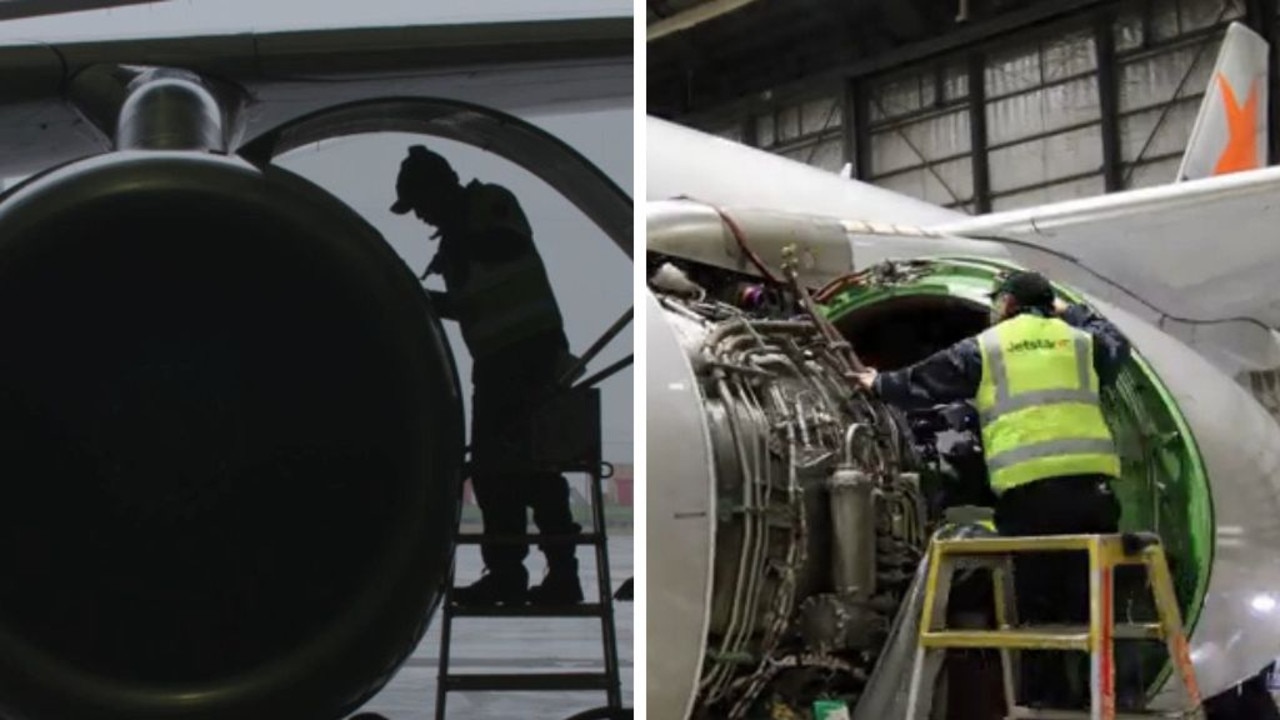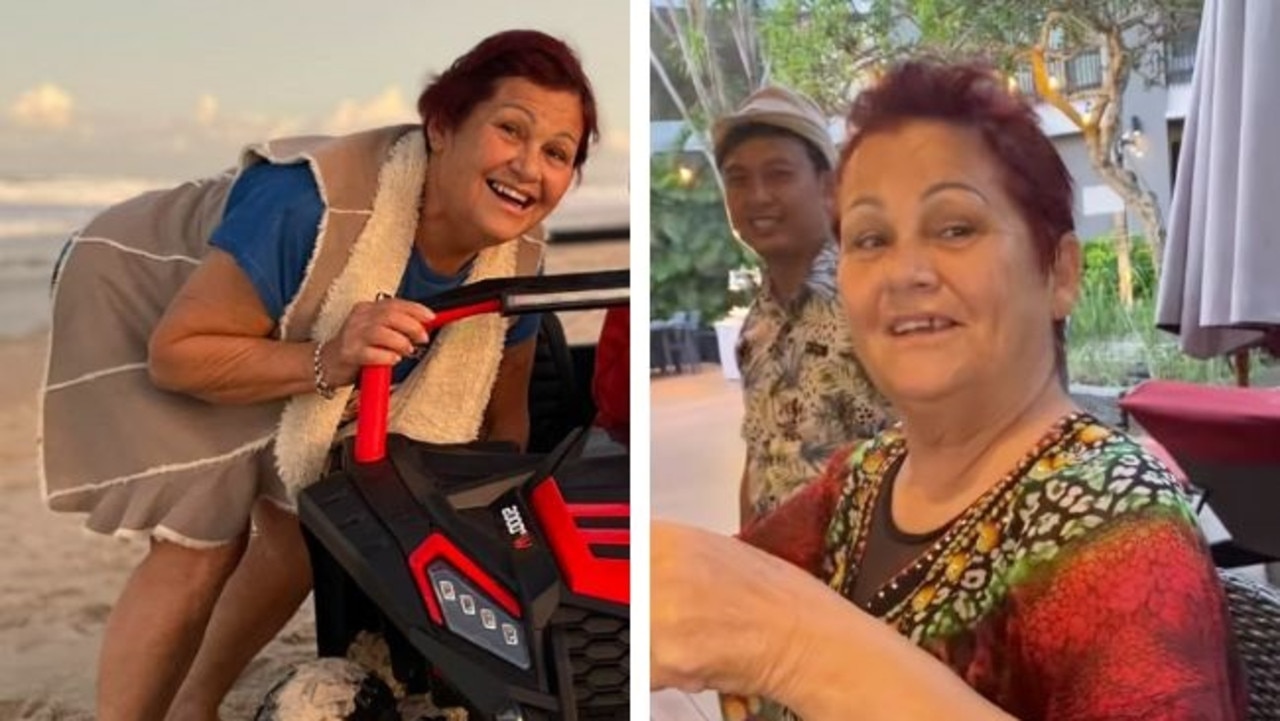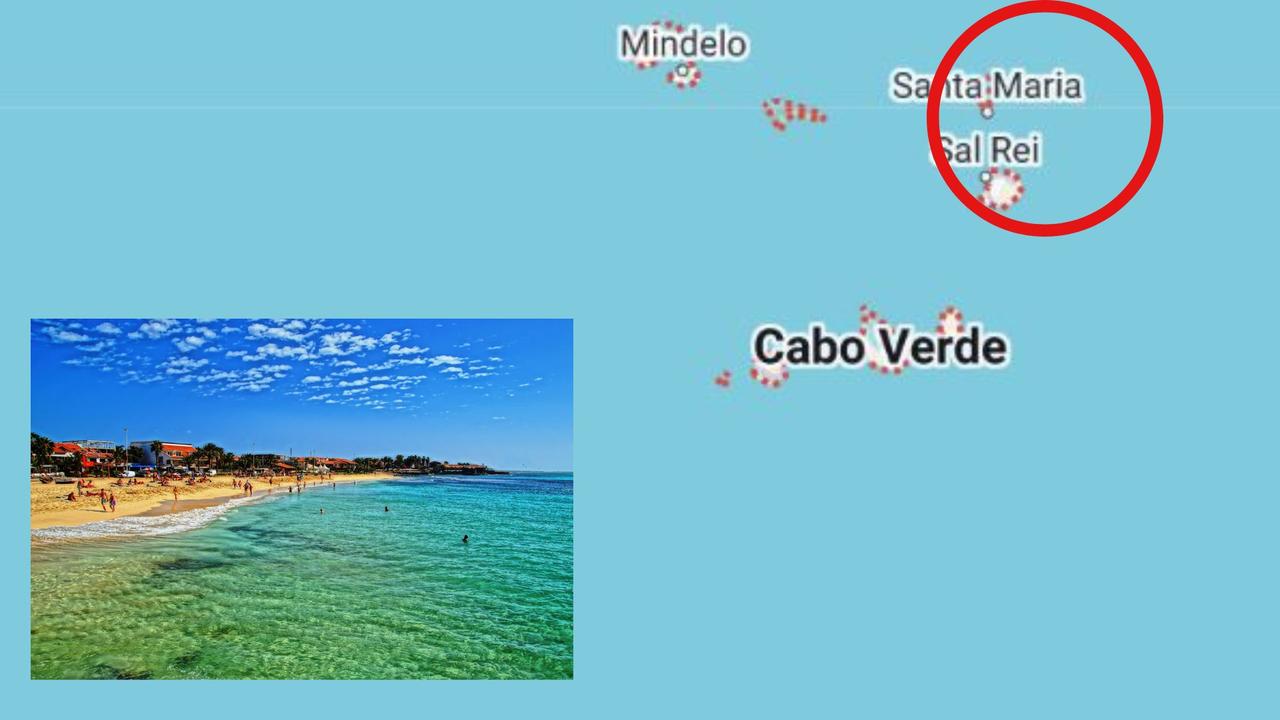What it’s REALLY like flying during the coronavirus pandemic
Just 24 hours after Queensland reopened its borders, I flew there from Sydney in the midst of an outbreak. It’s clear Australia is a very different place.
Walking off a plane to be greeted by the military wasn’t the first sign I was travelling during unusual times, but it was certainly the most confronting.
Barely 24 hours after Queensland reopened its borders to domestic tourists, I touched down in Brisbane from Sydney on Saturday, armed with a border permit declaring I was COVID-free and good to go.
RELATED: Jetstar passenger tests positive for virus
I wouldn’t have been able to enter Queensland if I was from Victoria, and as of now, had I hailed from certain parts of Sydney.
Even though state borders are a dynamic beast, shifting with ebbs and flows of community outbreaks – some borders have relaxed, only to go rigid again – more of us are returning to the skies in this slightly safer, but still uncertain stage of the pandemic.
RELATED: NT shuts border to Victoria, Sydney
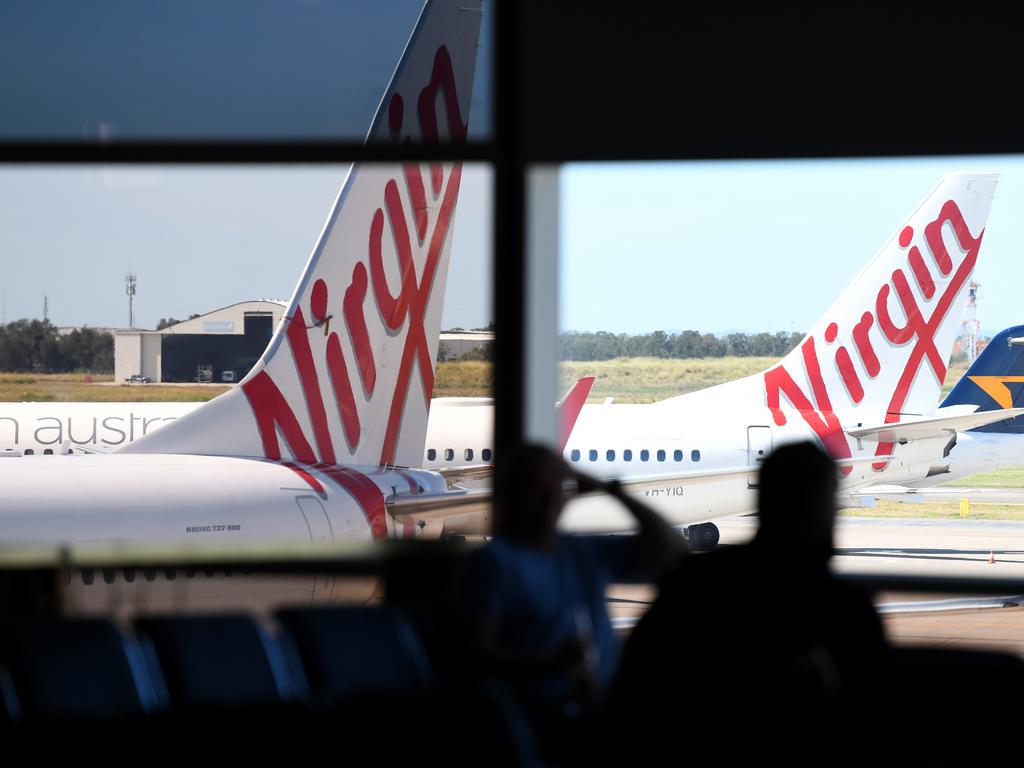
But flying isn’t quite what we remember from the world we used to know. If you’re set to fly within Australia soon, this is a bit of what you can expect – especially, for many people, when you land.
For starters, the airports are eerily quiet. Most retailers, including pharmacists and newsagencies, have shut up shop.
The Sydney Airport domestic terminal was like a ghost town at lunchtime on Saturday, with a few travellers passing through to catch a few flights. The upside was that checking in and getting through security – a process guided by social distancing protocol – was a breeze. The downside was limited places to buy last-minute essentials. Some outlets in the food court were open, but otherwise, don’t expect to shop.
The quiet airport made physical distancing easy. Many travellers wore masks and people kept a wide berth. At the Virgin Australia gate, passengers were called to board in stages to prevent the usual bottleneck of bodies clamouring for the door. We had to scan our own boarding passes.
A couple of gates over from mine, passengers were being temperature checked after arriving on a flight from Melbourne.

The plane cabin can feel a little disconcerting if you’ve spent the last few months avoiding crowds of strangers. While some overseas carriers are blocking out middle seats for social distancing, Australian airlines aren’t, and there was barely an empty seat on my full flight.
Face masks and hand sanitiser were freely available.
Food was a different story. Virgin Australia isn’t selling food on board, and we were served only a complimentary drink and a cookie or trail mix for the entire flight.
I’d recommend packing food for the flight if you think you’ll need it, and because of the limited options at the airport – not to mention those extortionate prices – consider bringing it from home.
RELATED: Virgin plane makes history at Brisbane Airport
As the plane pulled up to the gate after landing, we were told to stay in our seats so we could disembark row by row for social distancing, which most people ignored.
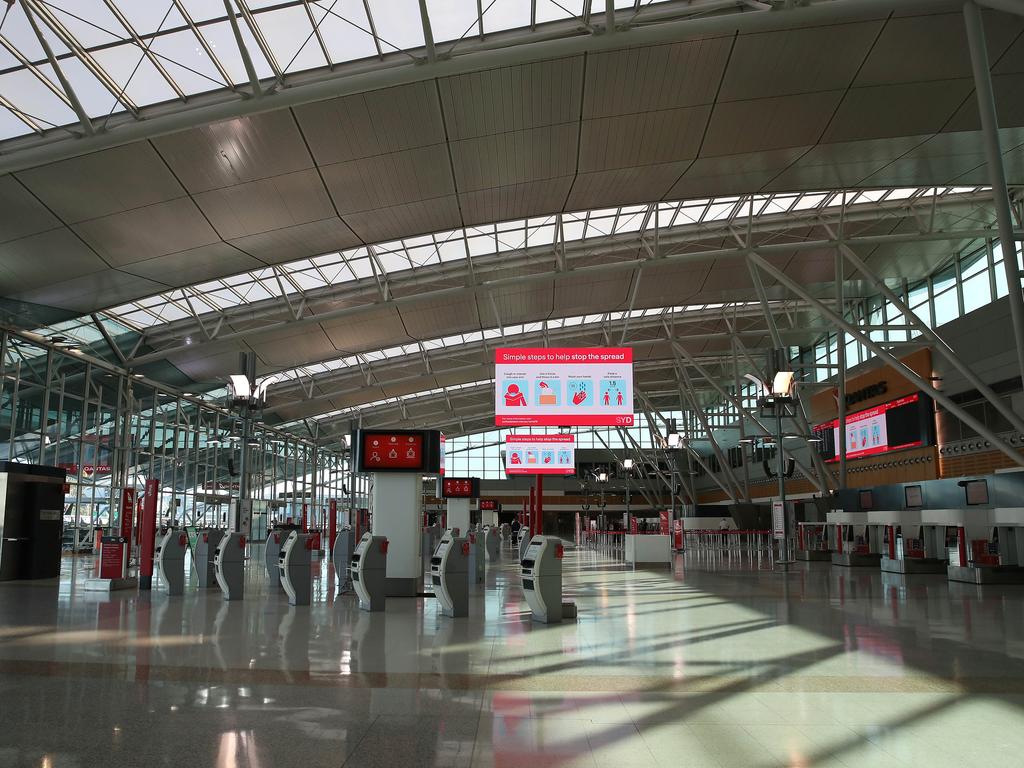
The biggest thing to know about flying domestically right now is you need to approach it like you would when flying internationally – that is, domestic border control is serious business.
Just like I might need a visa for another country, as a NSW resident it was up to me to ensure I had a valid Queensland border declaration pass.
Inside the terminal, military personnel in army fatigues and blue face masks stood like statues in a guard of honour, leading us to border checks by federal and Queensland police. It was a bizarre and slightly intense situation to follow a quick domestic flight, but indeed, these are bizarre and intense times.
While the robust checks were absolutely necessary, the border process at Brisbane was chaotic and officials had little patience for travellers perplexed by the commotion. We were given conflicting instructions about how to queue and scolded when we followed someone else’s orders.
But with the virus changing the playing field almost daily, and the stakes so high, the response from authorities won’t always be elegant.
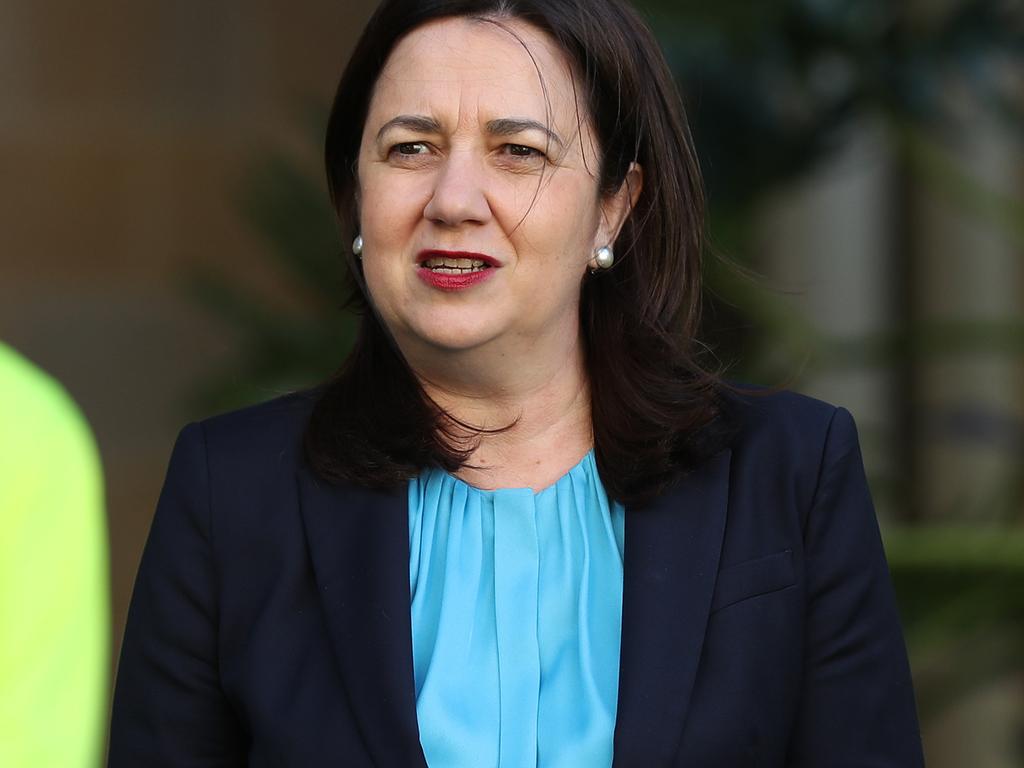
As travellers, all we could do was be patient, pay attention, and do the right thing. And not instinctively reach for our boarding pass when we were asked to present our border pass, which airport officials did not find amusing, let me tell you.
My border pass and ID were checked about five or six times by five or six officials before I was finally cleared to get my luggage and leave Brisbane Airport.
The next day I flew to Cairns, and despite it being an internal flight, as a NSW resident I was subjected to another round of extra questions there – but as with most things in regional Australia, the process was calmer and came with a smile.
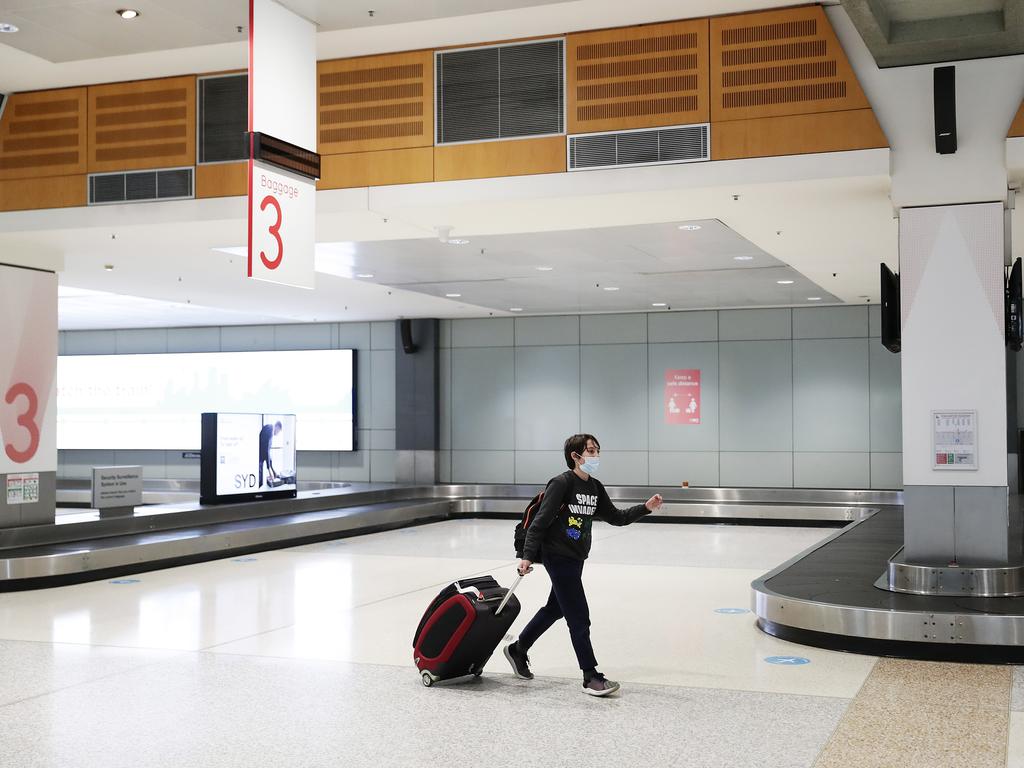
Not all interstate travellers will face border scrutiny – it depends on where we’ve come from and where we’re heading, and of course where we’re allowed to go.
The main concern when I arrived in Queensland on Saturday was whether I had recently been in Victoria. Days later, as the outbreak in Sydney worsened, passengers at the border were also grilled about whether they’d recently been to Sydney virus hotspots.
Since then, after the briefest of windows, residents from 77 Sydney suburbs are no longer welcome in Queensland. Even though that doesn’t apply to me, it’s a reminder crossing that border was a privilege – however strange it may have been – and one that is not guaranteed.


